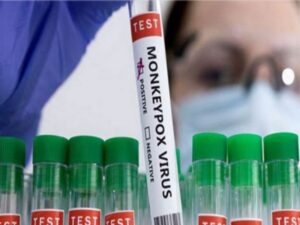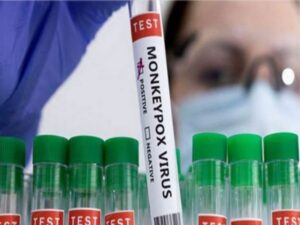
Washington [US], November 10 (ANI): ‘Diseases of despair‘, such as substance abuse, alcohol dependency, and suicidal thoughts and behaviours, have soared in the US over the past decade, reveals an analysis of health insurance claims data published in the online journal BMJ Open.
And they now affect all ages, with suicidal thoughts and behaviours among the under 18s rocketing by 287% between 2009 and 2018, and by 210% among 18-34-year-olds, the analysis shows.
Between 2015 and 2017, life expectancy fell year on year in the USA, the longest sustained decline since 1915-18. And deaths among middle-aged white non-Hispanic men and women rose sharply between 1999 and 2015.
These premature deaths are largely attributable to accidental overdose, alcohol-related disease, and suicide.
Such ‘deaths of despair’ have coincided with decades of economic decline for workers, particularly those with low levels of educational attainment; loss of social safety nets; and stagnant or falling wages and family incomes in the US, all of which are thought to have contributed to growing feelings of despair.
Despair may in turn trigger emotional, behavioural and even biological changes, increasing the likelihood of diseases that can progress and ultimately culminate in deaths of despair, say the researchers.
To characterise trends in diseases of despair over the past decade and identify associated demographic risk factors, they drew on detailed claims data extracted from Highmark, a large US-based health insurance company.
Highmark members are concentrated in states that have been disproportionately affected by deaths of despair: Pennsylvania; West Virginia; and Delaware.
In all, the researchers analysed information for 12 million people enrolled in a Highmark health insurance plan between 2007 and 2018, and who had valid details on file.
Diseases of despair were defined as diagnoses related to alcohol dependency, substance misuse, and suicidal thoughts/behaviours, and analysed among the following age groups: under the age of 12 months; 1-17-year-olds; 18-34-year-olds; 35-54-year-olds; 55-75-year-olds; and those aged 75+.
Overall, 1 in 20 (515,830; just over 4%) of those insured were diagnosed with at least one disease of despair at some point during the monitoring period. Some 58.5% were male, with an average age of 36.
Of these, over half (54%) were diagnosed with an alcohol-related disorder; just over 44% with a substance-related disorder; and just over 16% with suicidal thoughts/behaviours. Just under 13% were diagnosed with more than one type of disease of despair.
Between 2009 and 2018, the rate of diseases of despair diagnoses increased by 68%. The rate of alcohol-related, substance-related, and suicide-related diagnoses rose by 37%, 94%, and 170%, respectively.
The largest increase in alcohol and substance-related diagnoses was seen among 55-74-year-olds: 59% and 172%, respectively.
Among infants, substance-related diagnoses, which were attributable to neonatal abstinence syndrome linked to maternal drug abuse–for example opioid addiction–rose by 114%.
While the absolute numbers of suicide-related diagnoses were lower than for other types of diseases of despair, the relative increases were large. Among 1-17-year-olds, the rate increased by 287%, and by 210% among 18-34-year-olds. A relative increase of at least 70% occurred in all other age groups.
Diseases of despair diagnoses were associated with significantly higher scores for coexisting conditions, higher rates of anxiety and mood disorders, and schizophrenia for both men and women across all age groups.
The researchers acknowledge that it wasn’t possible to find out about potentially influential social determinants of health from the claims data, added to which, given that an estimated 87 million working adults in the US are uninsured or underinsured, it is hard to gauge the true scope of the diseases of despair, they say.
Nevertheless, they urge: “While the opioid crisis remains a top public health priority, parallel rises in alcohol-related diagnoses and suicidality must be concurrently addressed.” (ANI)



















